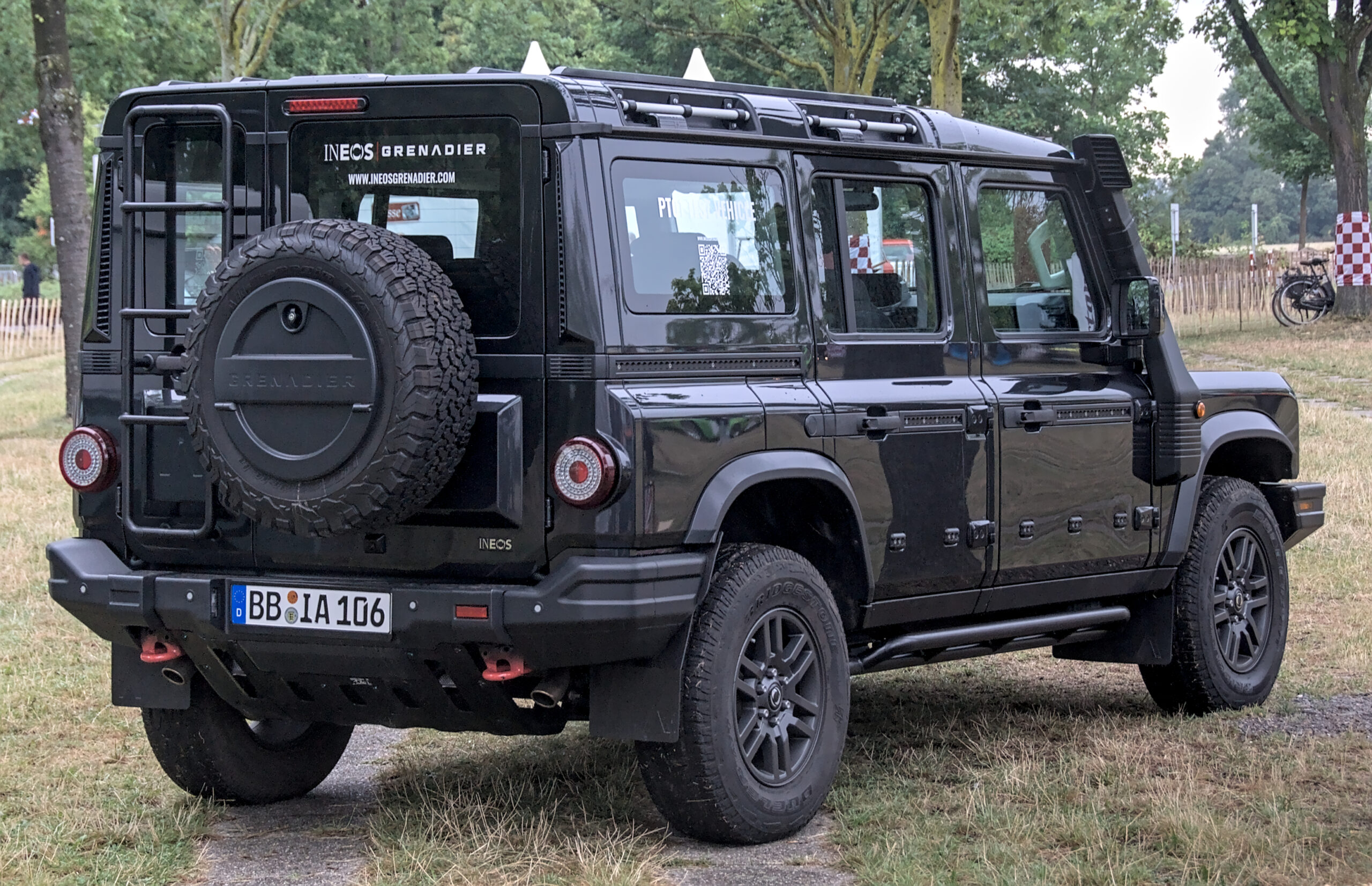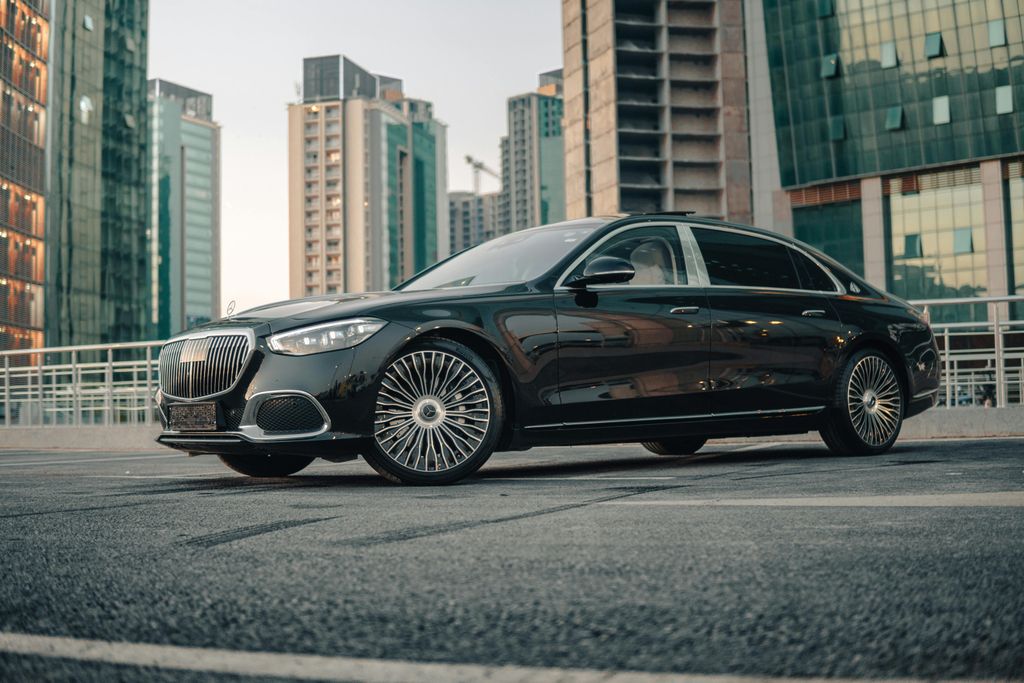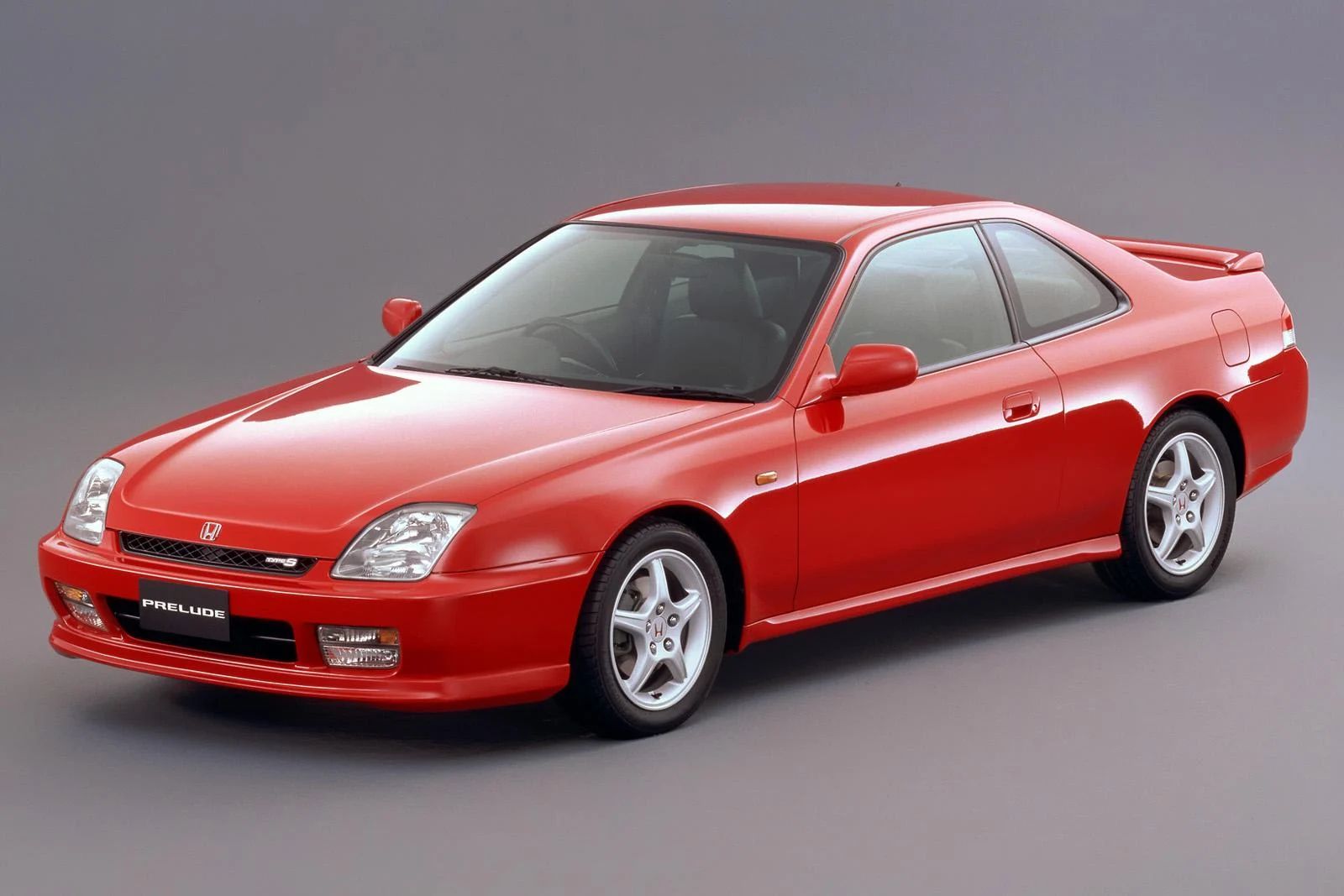
There’s a quiet revolution happening on the automotive landscape, or perhaps, a slow, mournful fade to black. For decades, the manual transmission, affectionately known as the stick shift, has been the heart and soul for a certain breed of driver. It wasn’t just a way to move a car; it was an engagement, a dialogue between human and machine, a skill honed and savored. The tactile feedback, the precise control over revs, and the satisfying ritual of pushing the clutch pedal and finding the perfect gear—these were the undeniable hallmarks of a true driving experience, forging a bond that transcended countless miles and memories for enthusiasts around the globe.
However, as much as we, the driving purists, adore the three-pedal setup, the cold, hard reality of market forces and evolving consumer preferences has dealt a significant blow. Manual transmissions are becoming an increasingly rare sight, especially within American car companies, and this unfortunate trend isn’t showing any signs of slowing down. Most drivers today unequivocally prefer the seamless convenience and effortless operation of automatics, making the stick shift an acquired taste, now primarily relegated to niche enthusiast cars. From a purely financial standpoint, it simply doesn’t make business sense for companies to continue manufacturing them when the vast majority of buyers are showing little to no interest.
While a dedicated few stalwart models still valiantly carry the torch for manual purists – giving a huge shout-out to the Cadillac CT4-V and CT5-V Blackwings, the iconic Ford Mustang, the rugged Jeep Wrangler, and even the unique Polaris Slingshot, which technically isn’t a car but still offers that manual thrill – the writing is unequivocally on the wall for many others. The year 2025 is shaping up to be a particularly poignant one, marking a significant turning point as several beloved and iconic models are bidding a definitive, heartbreaking farewell to their manual gearbox options. It’s a truly sad chapter for those of us who believe in the art and joy of driving, and in this in-depth look, we’re going to explore some of the most significant casualties of this ongoing, industry-wide shift, delving into why these changes are happening and what it profoundly means for the future of the driving world.
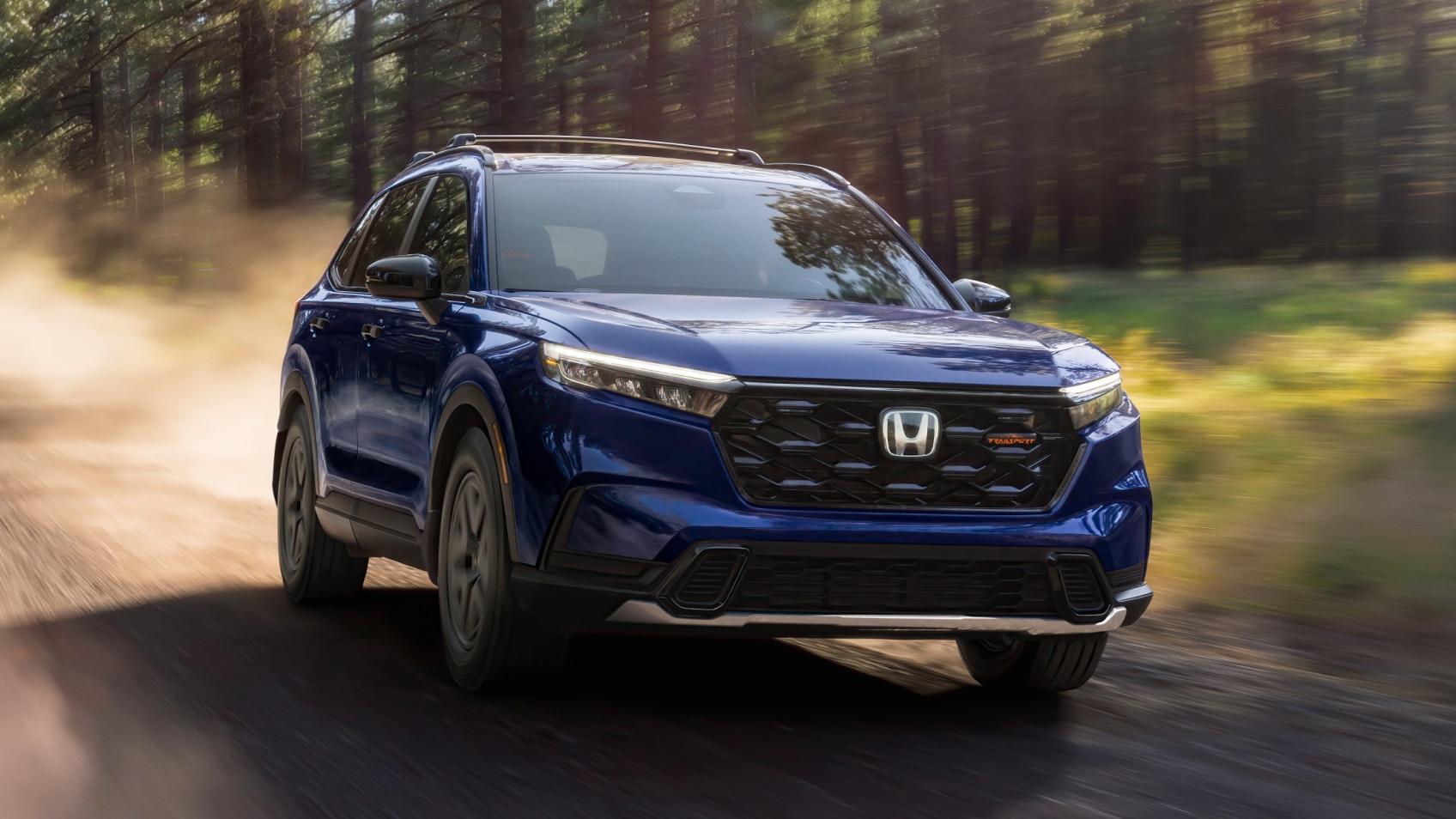
1. **Honda Civic Hatchback: The Base Model Says Goodbye to the Stick**For generations, the Honda Civic has been a foundational pillar for enthusiasts seeking an affordable, reliable, and genuinely fun-to-drive compact car. The Civic Hatchback, in particular, consistently offered that coveted blend of everyday practicality and engaging driving dynamics, a combination that was often made all the more enjoyable and immersive by its available manual transmission. It wasn’t merely a car; it was a symbol of accessible performance, allowing countless drivers to feel an authentic, direct connection to the road without having to break the bank. The stick shift option was, without a doubt, a key part of its enduring appeal, cementing its status as the quintessential car for those who genuinely loved and appreciated the act of driving.
This accessible entry point into the world of manual driving made the Civic Hatchback a favorite among new drivers learning the ropes, as well as seasoned enthusiasts looking for an economical daily driver that still offered a thrill. The crisp shifts, the responsive clutch, and the direct feedback through the gear lever were characteristics that fostered a deep sense of driver involvement. For many, it represented the ideal balance: a car that was practical enough for daily commutes, yet spirited enough to make any twisty road a joy to conquer, all orchestrated by the driver’s own hand. This heritage is what makes the impending change particularly noteworthy.
However, the winds of change are undeniably blowing through the Civic lineup as we look towards 2025. While dedicated enthusiasts can still find solace in the high-performance and sportier Si and Type R variants, which will thankfully retain their manual gearboxes, a crucial and somewhat heartbreaking shift is occurring at the entry-level. The base models of the 2025 Honda Civic Hatchback will no longer offer a manual transmission. This means that if you’re now seeking the standard five-door model, you’ll find it exclusively paired with a continuously variable transmission (CVT), signaling a clear and strategic move towards broader consumer appeal and, let’s be honest, greater fuel efficiency for the masses.
This pivotal decision by Honda reflects a pervasive trend within the entire automotive industry, where automakers are increasingly prioritizing the mass-market preferences for effortless convenience and enhanced fuel economy over the enthusiast’s fervent desire for direct mechanical engagement. The standard Hatchback, whether equipped with its 150-horsepower 2.0-liter engine or the more powerful hybridized version producing 200 horsepower, is now clearly positioned to cater to a much wider audience that predominantly values ease of driving in the bustling environments of urban centers and sprawling suburbs. It’s a pragmatic and fiscally responsible choice for Honda, certainly, but one that will undoubtedly leave a significant void for those who preferred the simpler, more engaging, and ultimately more rewarding experience of a base model manual.
The departure of the manual from the base Civic Hatchback is a stark and powerful reminder that even deeply established models, which have long been rooted in and celebrated by enthusiast culture, are far from immune to the evolving landscape of automotive design and the relentless march of consumer demand. It symbolizes a bittersweet moment for a car that has profoundly given so much to so many, teaching them the fundamental joys and skills of driving a stick shift. It’s not just a transmission option disappearing; it’s a piece of driving heritage that’s quietly fading from the mainstream.
Car Model Information: 2024 Mitsubishi Outlander SE 2.5 2WD
Name: Honda Civic,Tenth generation
Caption: 2017 Honda Civic hatchback (UK; pre-facelift)
Manufacturer: Honda
Production: 2016–2021
ModelYears: 2016–2021 (North America),2016–2020 (North America, coupe)
Assembly: Yorii, Saitama,Greensburg, Indiana,Alliston, Ontario,Swindon,Gebze,Wuhan,Prachinburi,Alor Gajah,Greater Noida,Sumaré,Lahore
Designer: Jarad Hall (sedan)
Platform: CCA
Class: Compact car
BodyStyle: coupe
Layout: Front-engine, front-wheel-drive
Related: Honda Insight#Third generation,Honda CR-V (fifth generation)
Engine: ubl
Transmission: ubl
Wheelbase: 2700 mm
Abbr: on (sedan)
Length: ubl
Width: 1799 mm
Height: ubl
Weight: ubl
Predecessor: Honda Civic (ninth generation)
Successor: Honda Civic (eleventh generation),Honda Insight#Third generation
ModelCode: FC/FK
Categories: ANCAP small family cars, ASEAN NCAP small family cars, All Wikipedia articles written in British English, Articles with short description, CS1 Brazilian Portuguese-language sources (pt-br)
Summary: The tenth-generation Honda Civic (FC/FK) is a compact car (C-segment) manufactured by Honda from 2015 until 2022, replacing the ninth-generation Civic. It was first released in November 2015 in the North American market, followed by its introduction in Europe and Asia-Pacific in 2016, and in Japan in 2017. This generation marked the unification of the Civic range, as Honda ceased making a dedicated version for the European market—a strategy employed since the sixth-generation—in favour of a globally marketed model. As the result, three body styles were introduced with a near-identical design which are sedan, hatchback, and coupe.
A Type R version based on the hatchback model was released as a prototype model in September 2016, and has been sold from 2017 in several markets, including North America which received the Civic Type R model for the first time.
Get more information about: Honda Civic (tenth generation)
Buying a high-performing used car >>>
Brand: Honda Model: Civic Hatchback
Price: $21,500 Mileage: 62,096 mi.
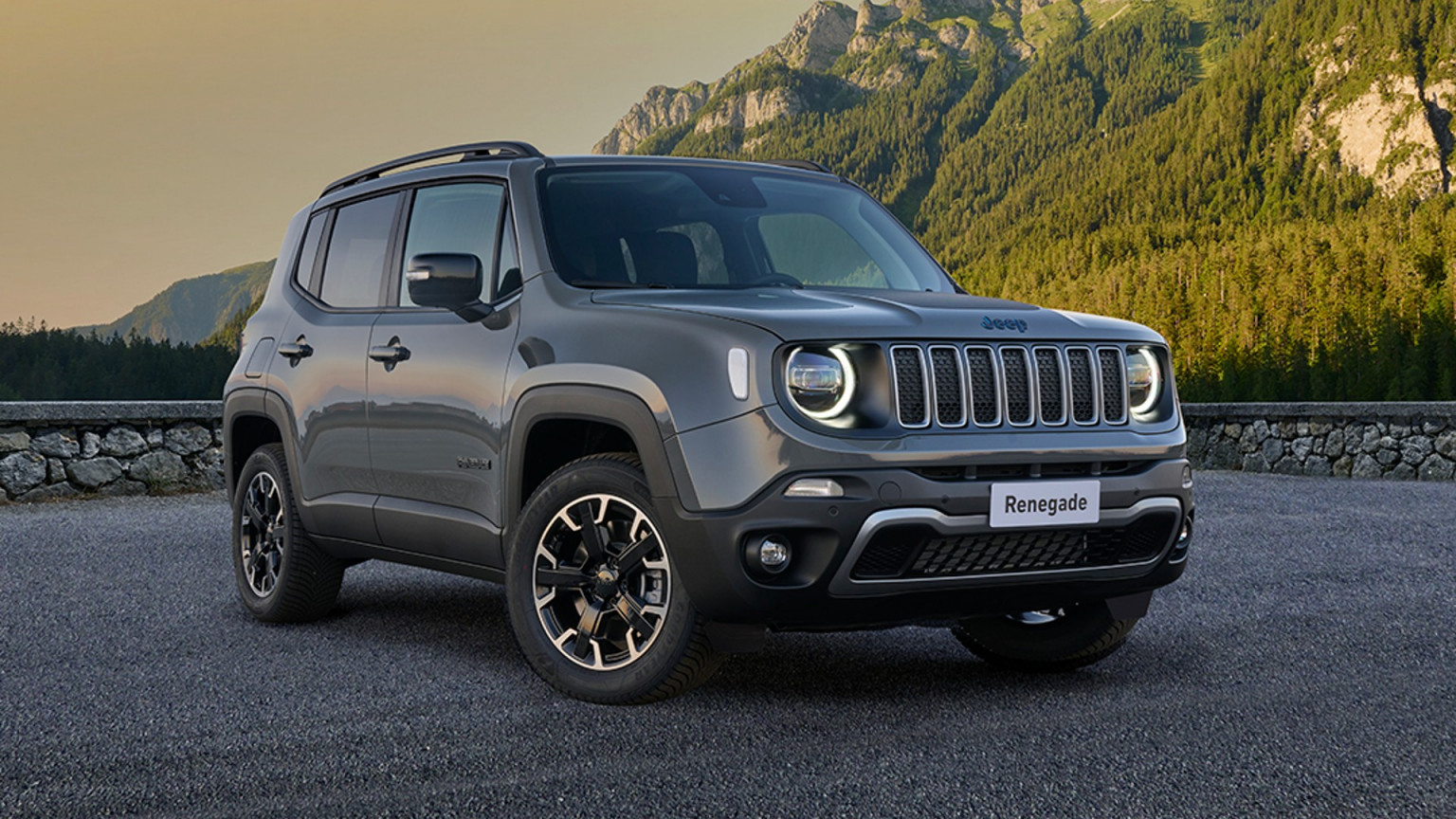
2. **Jeep Gladiator: The Last Manual Pickup Truck Rides into the Sunset**When the conversation turns to rugged individualism and unparalleled off-road prowess, very few vehicles command as much inherent respect and admiration as a Jeep. For several years, the Jeep Gladiator carved out a uniquely specific and highly cherished niche as, remarkably, the only pickup truck available with a manual transmission in the U.S. market. This wasn’t just a quirky, nostalgic feature; for a vast number of dedicated off-road adventurers, a stick shift provided an unmatched and utterly crucial level of control over the throttle and power delivery, an advantage that becomes absolutely critical when navigating challenging, unforgiving terrain. The ability to precisely manage engine RPMs and torque without a computer making instantaneous decisions for you was, and still is, a genuine and often indispensable advantage in the wild.
The Gladiator’s manual option was, in essence, a profound nod to its storied heritage and to the unyielding core values of the entire Jeep brand – values synonymous with unbridled freedom, thrilling adventure, and the ultimate, uncompromised driver control. It appealed directly and powerfully to those who perceived their truck not merely as a utilitarian tool for hauling, but as a direct extension of their adventurous spirit, one that intrinsically demanded a level of driver involvement and direct engagement that only a stick shift could truly provide. This distinct characteristic made the Gladiator a truly unique and compelling offering in a pickup truck market that has been increasingly and overwhelmingly dominated by automatic transmissions, especially considering that most other truck manufacturers had long since abandoned the manual option.
However, much like the changing seasons, change in the automotive world is often inevitable. Jeep made the significant announcement last September that the Gladiator will be decisively moving away from the stick shift, transitioning entirely to an automatic-only setup for the upcoming 2025 model year. This means the beloved six-speed manual, which offered such direct control, is being replaced across the board by an eight-speed automatic transmission. While the robust 3.6-liter V6 engine will continue to churn out a respectable 285 horsepower and 260 pound-feet of torque, ensuring its capability remains, the hands-on control that manual drivers so cherished for serious off-roading will, regretfully, no longer be an option.
This particular decision leaves the iconic Jeep Wrangler as the sole manual vehicle remaining under the expansive Stellantis umbrella for the U.S. market, thereby marking a definitive end of an era for manual gearboxes within the entire pickup truck segment. The Gladiator’s transition is a truly significant milestone, symbolizing the near-complete triumph of automatic transmissions in the pickup truck sector, driven by perceived convenience and broader market appeal. For those dedicated drivers who steadfastly favored the stick shift for its precise command and feedback on even the toughest of trails, this change necessitates a significant adjustment and represents a heartfelt farewell to a truly unique, engaging, and deeply personal driving experience in a truck. It’s a poignant testament to the inexorable changing tides of the automotive industry, even in segments where direct driver control was once considered paramount.
Car Model Information: 2020 Jeep Gladiator Overland
Name: Jeep Gladiator (JT)
Aka: Jeep JT (Mexico)
Manufacturer: Jeep
Production: April 2019–present
ModelYears: 2020–present
Assembly: Toledo, Ohio
Designer: Taylor Langhals
Engine: ubl
Transmission: List of Aisin transmissions#Longitudinal rear-wheel drive,Manual transmission
Class: Mid-size,pickup truck
BodyStyle: 4-door pickup truck with removable roof and doors
Related: Jeep Wrangler (JL)
Layout: Front-engine, four-wheel-drive layout
Predecessor: Jeep CJ#CJ-10,Jeep Comanche
Weight: convert
Wheelbase: 137.3 in
Abbr: on
Lk: on
Length: 218.0 in
Width: 73.8 in
Height: convert
Categories: All-wheel-drive vehicles, Articles with short description, CS1 Japanese-language sources (ja), Cars introduced in 2018, Commons category link is on Wikidata
Summary: The Jeep Gladiator is a mid-size pickup truck manufactured by the Jeep division of Stellantis North America (formerly FCA US). It was introduced at the 2018 Los Angeles Auto Show on November 28, 2018, and went on sale in the spring of 2019 as a 2020 model. Based on the same platform as the Wrangler JL, the Gladiator is Jeep’s first pickup truck since the Comanche was discontinued in 1992, although the very similar dual-cab AEV Brute was custom-made using the Wrangler platform from 2013 until 2017 by American Expedition Vehicles under license.
The first markets outside the Americas were Australia and New Zealand. It is now also marketed in China, Japan, South Korea, South Africa as well as in selected nations in South America, Europe, and Southeast Asia.
Get more information about: Jeep Gladiator (JT)
Buying a high-performing used car >>>
Brand: Jeep Model: Gladiator
Price: $32,799 Mileage: 48,460 mi.
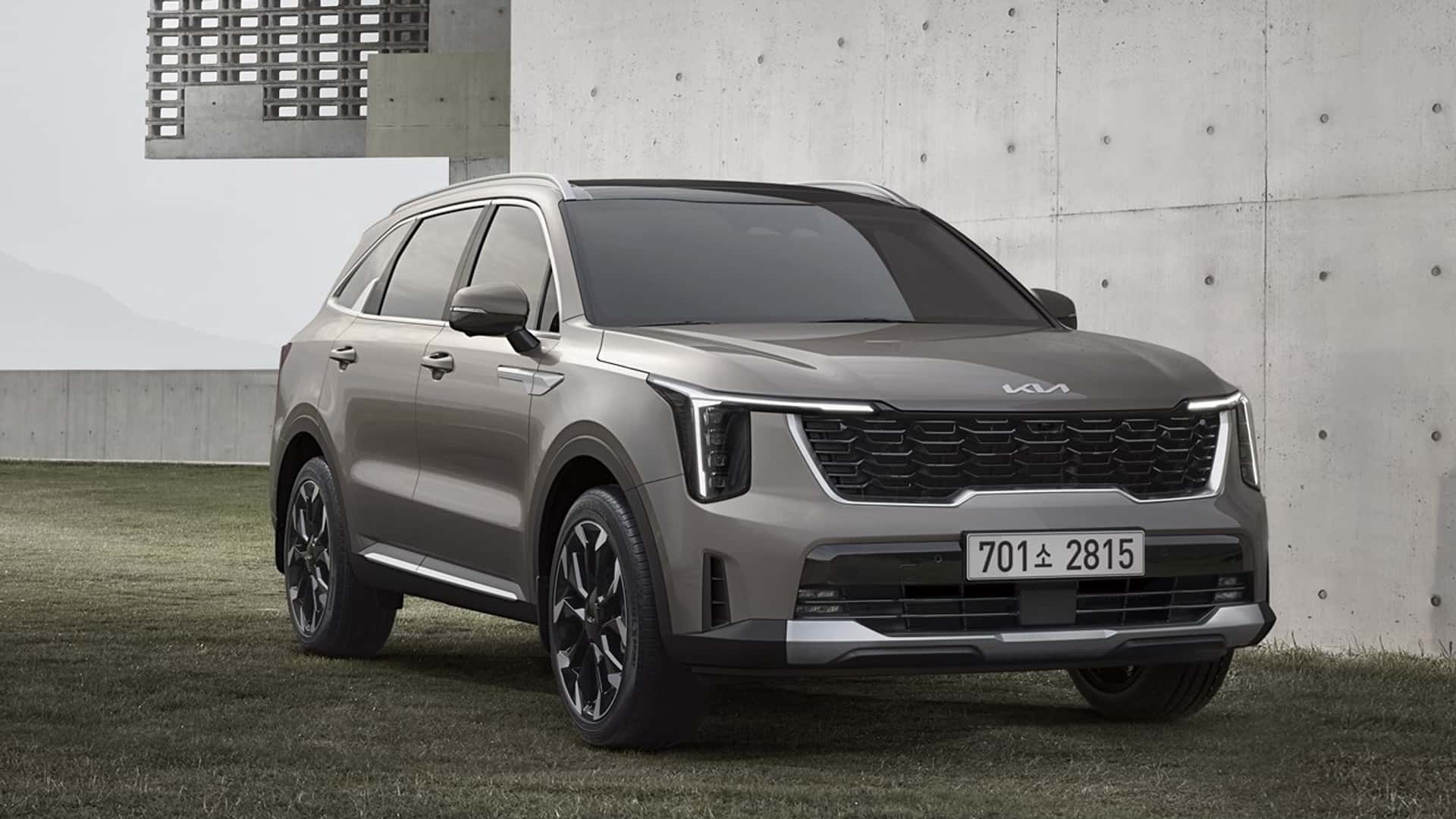
3. **Kia K4: The Forte’s Successor Shifts Exclusively to Automatic**In recent years, Kia has undeniably made remarkable and impressive strides, transforming itself from a brand primarily known for budget-friendly options into a legitimate and formidable contender across various automotive segments. The company now consistently offers stylish, feature-rich, and often surprisingly engaging vehicles. The Kia Forte, in particular, had carved out a special and appreciated place for some enthusiasts, largely because its sportier GT trim previously offered a six-speed manual stick. This thoughtful inclusion provided buyers with a relatively affordable, spirited compact sedan that could deliver a much more connected and immersive driving experience, serving as a refreshing and increasingly rare option in a segment that was quickly becoming devoid of manual choices.
The Forte GT’s manual option was more than just a transmission choice; it was a subtle yet powerful nod to a segment of drivers who genuinely appreciated and actively sought out a bit more involvement in their daily commutes or during their spirited weekend drives. It provided a welcome counterpoint to the ever-growing and seemingly unstoppable dominance of automatic transmissions, clearly demonstrating that Kia, at one point, understood and valued the unique appeal of a driver-focused setup. For those individuals looking for a compact car that skillfully balanced everyday practicality with genuine fun-to-operate characteristics, the manual Forte GT offered a truly compelling package, unequivocally proving that you didn’t necessarily need to spend a fortune to enjoy the profound satisfaction of rowing your own gears.
However, as Kia boldly ushers in its comprehensively redesigned K4, which is set to globally replace the well-known Forte nameplate, the manual option is definitively and unfortunately being dropped from the lineup. The new 2025 K4 sedan will now focus solely on automatic transmissions, presenting buyers with either a continuously variable transmission (CVT) that produces 140 horsepower or a more advanced eight-speed automatic in the GT-Line Turbo variant, which makes a more potent 190 horsepower. This strategic and significant move by Kia is clearly aimed at broadening its overall market appeal, meticulously catering to the vast majority of consumers who overwhelmingly prefer the ease, convenience, and perceived efficiency of automatic gearboxes, while simultaneously streamlining its manufacturing and production processes.
The complete disappearance of the manual transmission from the forthcoming K4 lineup represents yet another tangible and, for many, deeply felt loss for the dedicated segment of drivers who enthusiastically sought a sporty, engaging compact car with a stick shift. It starkly underscores the unyielding financial realities and the overwhelming consumer preferences that are collectively driving automakers away from offering manual options in mainstream vehicles. While the K4 undoubtedly promises modern design, cutting-edge technology, and enhanced efficiency, the unfortunate absence of a manual option means that a certain kind of driving joy and direct engagement, previously available and cherished in the Forte, will sadly no longer be an integral part of the package. It serves as a clear and unambiguous signal of the automotive industry’s current trajectory, even for brands like Kia, known for their dynamic and evolving market strategies.
Car Model Information: 2025 Kia K4
Name: Kia K4
Manufacturer: Kia
ModelCode: CL4
Production: 2024–present
ModelYears: 2025–present (North America)
Assembly: unbulleted list
Class: Compact car
Layout: Front-engine, front-wheel-drive
Engine: Petrol engine,Hyundai Smartstream engine#G3LE,Hyundai Smartstream engine#G4FM,Hyundai Smartstream engine#G4FP,Hyundai Smartstream engine#G4NS
Transmission: Manual transmission,Automatic transmission,8-speed automatic,Dual-clutch transmission,Continuously variable transmission
Related: Hyundai Elantra#CN7
BodyStyle: Sedan (automobile)
Platform: Hyundai-Kia K3 platform
Predecessor: ubl
Wheelbase: 2720 mm
Abbr: on
Length: ubl
Width: 1850 mm
Height: 1420 mm
Weight: convert
Caption: 2025 Kia K4 LX Sedan (Canada)
Drivetrain: Mild hybrid
Powerout: ubl
Categories: All Wikipedia articles written in British English, Articles with short description, CS1 Spanish-language sources (es), Cars introduced in 2024, Cars of Mexico
Summary: The Kia K4 is a compact car manufactured by South Korean automaker Kia. It was introduced in March 2024 as a replacement for the Forte/K3/Cerato, while the K3 nameplate was transferred to a subcompact car.
The car was first introduced on 21 March 2024, and was fully introduced on 27 March 2024, at the 2024 New York International Auto Show. It is available as a 4-door sedan and a 5-door hatchback.
Get more information about: Kia K4
Buying a high-performing used car >>>
Brand: Kia Model: K4
Price: $20,970 Mileage: 14,219 mi.
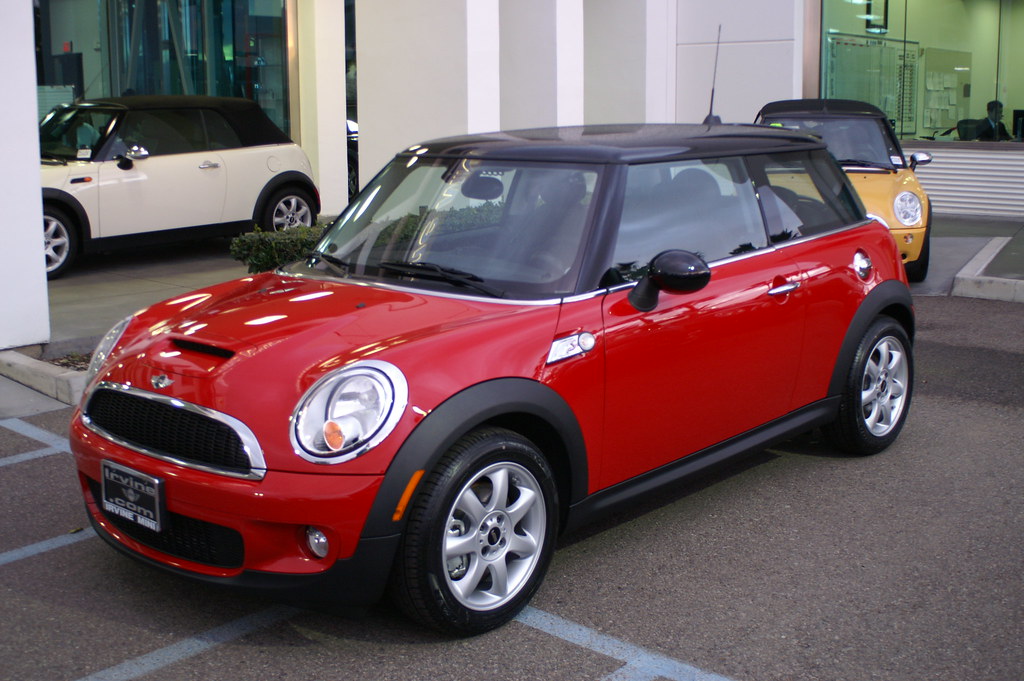
4. **Mini Cooper: The End of an Era for a Fun-Loving Manual Brand**The Mini Cooper has long been, and continues to be, synonymous with a distinct set of highly desirable attributes: its iconic go-kart-like handling, its undeniably spirited driving dynamics, and, for a significant legion of enthusiasts, the sheer joy of an engaging manual transmission. The brand meticulously built its stellar reputation on the bedrock of delivering a fun, direct, and profoundly tactile driving experience, and for many, the stick shift was not merely an option but an absolutely integral and non-negotiable part of that very identity. Whether one was deftly zipping through congested city streets, carving up winding backroads, or simply enjoying a leisurely drive, the manual Mini consistently provided a level of driver involvement and unfiltered exhilaration that very few other compact cars could ever hope to match, transforming every single journey into a memorable adventure. It was a core tenet, an unwritten rule of the Mini ethos, celebrated and adored by passionate drivers around the globe.
Enthusiasts, often vocal and fiercely loyal, frequently lauded Mini for its steadfast commitment to keeping the manual alive and thriving, even as numerous competitors began their slow but steady phase-out of the option. The appealing opportunity to choose between a peppy 161-horsepower base model or a more potent 201-horsepower S trim, all while luxuriating in the profound satisfaction of shifting your own gears, was a major and undeniable draw for countless buyers. Even the high-performance John Cooper Works (JCW) models, meticulously engineered for the most ardent and demanding driving purists, enthusiastically embraced the manual, thereby powerfully reinforcing Mini’s unwavering commitment to an unadulterated, pure driving experience. For its faithful devotees, it wasn’t just another feature on a spec sheet; it was an intrinsic part of the brand’s unique charm, its rich heritage, and its very soul.
However, with a heavy heart, we must acknowledge that 2025 marks a deeply significant and somewhat heartbreaking turning point for the iconic British brand. Mini has officially announced that its entire Cooper range, and this crucially includes even those vaunted performance-focused JCW variants, will now exclusively be available with a seven-speed dual-clutch automatic transmission. This monumental decision represents a profound and strategic shift in Mini’s overarching strategy, clearly aligning the brand with more modern transmission technologies and, one can only assume, targeting a broader, convenience-seeking mainstream market. The renewed focus is undeniably on enhanced efficiency, lightning-fast shifts, and greater accessibility, rather than the raw, visceral, and deeply mechanical engagement that defined the manual Mini experience.
For a brand that has so enthusiastically championed the manual transmission as a fundamental, defining cornerstone of its “fun to drive” philosophy, this is a particularly poignant and difficult loss to stomach. It unequivocally signifies that even brands with an incredibly strong and cherished manual heritage are ultimately succumbing to the immense pressures of evolving consumer demand and the relentless march of industry trends. The complete and utter absence of a stick shift will fundamentally alter the inherent character and spirit of the Mini Cooper, irrevocably removing a crucial and beloved layer of interaction and driver involvement that had, for so long, defined its truly unique appeal. While these cars will undoubtedly continue to be agile, stylish, and brimming with personality, a significant piece of Mini’s soul, for many enthusiasts around the world, will have been sadly and permanently retired alongside the once-ubiquitous clutch pedal. This shift isn’t just about a gear lever; it’s about the evolution of a driving philosophy.
Car Model Information: 2019 MINI Countryman Cooper S ALL4
Sp: uk
Caption: 1959 Morris Mini-Minor (first one built)
Name: Mini
Aka: Austin 850,Rover Mini,Austin Cooper,Austin Mini,Austin Partner,Austin Seven,Innocenti Mini,Leyland Mini,Morris 850,Morris Mascot,Morris Mini Minor,Riley Elf,Wolseley 1000 (South Africa),Wolseley Hornet
Layout: Front-engine, front-wheel-drive layout
Manufacturer: British Motor Corporation,British Leyland,Rover Group
Production: 1959–2000 (5.38 million)
Class: City car
BodyStyle: sedan (car),convertible,Station wagon,sedan delivery,coupe utility
Engine: BMC A-series engine,Straight-four engine
Designer: Alec Issigonis,John Sheppard (car designer)
Transmission: 4-speed manual,AP automatic transmission,5-speed manual (optional extra on some later models)
Length: cvt,cvt,cvt
Width: cvt
Height: cvt
Weight: cvt
Wheelbase: cvt,cvt
Related: Mini Moke,Austin Metro,Innocenti Mini,Mini Wildgoose,Mini Marcos
Successor: Austin Metro,Mini Hatch
Assembly: Panmure, New Zealand
Categories: 1960s cars, 1970s cars, 1980s cars, 1990s cars, 2000s cars
Summary: The Mini is a very small two-door, four-seat car, produced for four decades over a single generation, with many names and variants, by the British Motor Corporation (BMC) and its successors British Leyland and the Rover Group, and finally (briefly) under BMW ownership. Minis were built as fastbacks, estates, convertibles, and various other body styles. Minus a brief 1990s hiatus, from 1959 into 2000, an estimated 5.38 million of all variations combined were built, and the Mini’s engines also powered another 2 million Mini Metros, though the Mini eventually outlasted its successor.
Initially, the Mini was marketed under the Austin and Morris names, as the Austin Seven and Morris Mini-Minor; the Austin Seven was renamed Austin Mini in 1962 and Mini became a marque in its own right in 1969. Retrospectively, the car is known as the “Classic Mini” to distinguish it from the modern MINI family of vehicles produced since 2001 by German carmaker BMW, who took ownership of the Mini name following the sale of Rover Group in 2000.
This distinctive two-door car was designed for BMC by Sir Alec Issigonis. Its space-saving transverse engine and front-wheel drive layout – allowing 80% of the area of the car’s floorpan to be used for passengers and luggage – influenced a generation of car makers. The front-wheel-drive, transverse-engine layout were used in many other “supermini” style car designs such as Honda N360 (1967), Nissan Cherry (1970), and Fiat 127 (1971). The layout was also adapted for larger subcompact designs. In 1999, the Mini was voted the second-most influential car of the 20th century, behind the Ford Model T, and ahead of the Citroën DS and Volkswagen Beetle. It is also considered an icon of 1960s British popular culture.
The Mini Mark I had three major UK updates: the Mark II, the Clubman, and the Mark III. Within these was a series of variations, including an estate car, a pick-up, a van, and the Mini Moke, a jeep-like buggy. The performance versions, the Mini Cooper and Cooper “S”, were successful as both race and rally cars, winning the Monte Carlo Rally in 1964, 1965, and 1967. The Mini was manufactured in England at the Longbridge plant in Birmingham located next to BMC’s headquarters and at the former Morris Motors plant at Cowley, as well as in Australia (Victoria Park/Zetland BMC Australia factory) and later also in Spain (Authi), Belgium, Italy (Innocenti, as the Innocenti Mini), Chile, Malta, Portugal, South Africa, Uruguay, Venezuela, and Yugoslavia (IMV). In 1980, British Leyland launched the Mini’s follow-up, the Austin Metro, however the Mini outlasted it and continued to be produced at Longbridge until October 2000.
Get more information about: Mini
Buying a high-performing used car >>>
Brand: Mini Model: Cooper
Price: $18,462 Mileage: 66,915 mi.
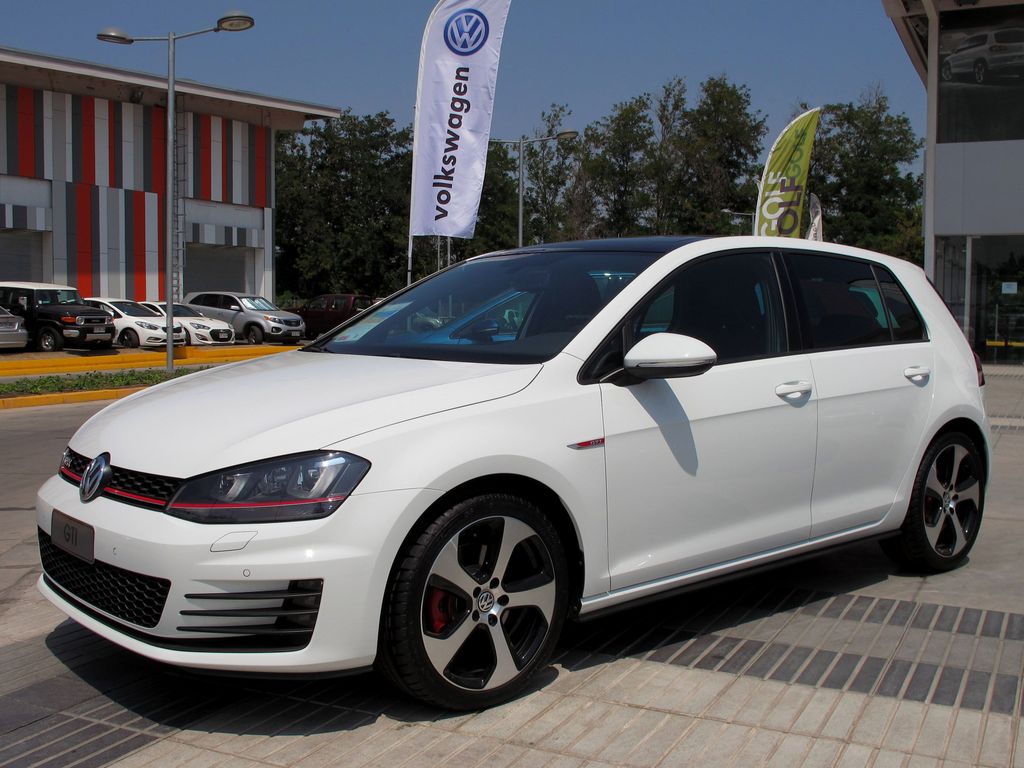
5. **Volkswagen GTI: The Hot Hatch Hero Hangs Up Its Stick**For generations, the Volkswagen GTI has been nothing short of a legend, a veritable poster child for the ‘hot hatch’ segment. It carved out its niche by masterfully blending everyday practicality with genuinely thrilling performance, all wrapped up in a package that was (mostly) affordable. And central to that undeniable charm? Its incredibly engaging manual transmission. This wasn’t just a car; it was an entry point for countless enthusiasts, teaching them the precise art of heel-toe downshifts and the pure satisfaction of nailing a perfect gear change. The GTI, with its stick shift, was a statement: you could have a blast behind the wheel without needing a massive supercar price tag.
But alas, even legends are not immune to the relentless march of time, and more importantly, market trends. For the 2025 model year, Volkswagen is making a significant and, for many, deeply melancholic decision: the GTI will bid a definitive farewell to its six-speed manual gearbox. Moving forward, if you’re looking to grab a new GTI, you’ll find it exclusively paired with a seven-speed dual-clutch automatic transmission. This new setup will still be churning out a respectable 241 horsepower from its turbocharged 2.0-liter four-cylinder engine, so the performance isn’t entirely gone. It’s just… different.
This shift, from a driver’s direct engagement to a more automated, albeit faster, experience, fundamentally alters the core essence of what many enthusiasts have loved about the GTI for so long. The manual option was always a badge of honor, a nod to those who genuinely cherished the mechanical connection to their vehicle. It was about more than just speed; it was about the *feel*, the *control*, the *involvement*. The numbers might look good on paper, but for the purists, something irreplaceable is lost when the third pedal disappears.
Interestingly, Volkswagen reported a fascinating silver lining to this bittersweet announcement. In a true testament to the loyalty of its manual devotees, sales of manual-equipped GTIs and Golf Rs surged by nearly 50% in 2024. It was a proper ‘last hurrah,’ a collective scramble by enthusiasts to snatch up the last vestiges of a bygone era before they vanished forever. This surge underscores just how much this option meant to a dedicated segment of buyers, proving that while their numbers might be smaller, their passion is anything but. It’s a poignant farewell, demonstrating that even in an increasingly automated world, the heart still yearns for that raw, analogue connection.
Car Model Information: 2008 Volkswagen GTI Base
Categories: All set index articles, Articles with short description, Commons category link from Wikidata, Hot hatches, Set index articles on cars
Summary: The Volkswagen GTI models may refer to:
Volkswagen Gol GTI, a performance-oriented B-segment/supermini/subcompact hatchback produced between 1989 and 2000
Volkswagen Golf/Rabbit GTI, a performance-oriented C-segment/small family car/compact hatchback produced since 1976
Volkswagen Lupo GTI, a performance-oriented A-segment/city car produced between 2000 and 2005
Volkswagen Polo GTI, a performance-oriented B-segment/supermini/subcompact hatchback produced since 1995
Volkswagen Scirocco GTI, a performance-oriented 2+2 coupé produced between 1976 and 1981
Volkswagen Up GTI, a performance-oriented A-segment/city car produced between 2017 and 2023
Volkswagen GTI Roadster Vision Gran Turismo, a concept car developed in 2014
Get more information about: Volkswagen GTI
Buying a high-performing used car >>>
Brand: Volkswagen Model: GTI
Price: $9,875 Mileage: 79,360 mi.

6. **Volkswagen Golf R: The Performance Flagship Goes Automatic-Only**If the GTI was the people’s hot hatch, then the Golf R was its sophisticated, performance-bred older sibling. Offering more power, standard all-wheel drive, and a generally more premium feel, the Golf R elevated the hot hatch concept to new heights. Like the GTI, it too offered a manual transmission option, which was a huge draw for drivers who craved ultimate control over its potent 328-horsepower turbocharged four-cylinder engine. For many, the manual Golf R represented the pinnacle of accessible, all-weather performance with an unwavering commitment to driver involvement.
Just as with its GTI counterpart, the 2025 model year marks a significant departure for the Golf R. Volkswagen has confirmed that the mighty Golf R will also be exclusively equipped with a seven-speed dual-clutch automatic transmission. This decision, while perhaps logical from a mass-market and performance metric standpoint (dual-clutch systems are undeniably faster for lap times), strips away a crucial element of its appeal for the discerning enthusiast. The raw, tactile feedback of rowing through gears, especially with the Golf R’s formidable power, was a deeply satisfying experience that few other cars could match.
This move by Volkswagen sends a clear message about the direction of their performance vehicles, at least for the mainstream market. It’s a pragmatic choice aimed at maximizing efficiency and delivering lightning-fast shifts, appealing to a broader audience who might prioritize seamless acceleration over the intricate dance of clutch and shifter. However, for those who considered the manual Golf R a perfectly engineered weapon for both the track and spirited road driving, the absence of the stick shift will be acutely felt, symbolizing a shift from pure engagement to optimized performance.
Echoing the sentiment surrounding the GTI, the Golf R also experienced a remarkable surge in manual-equipped sales during 2024. This collective buying spree wasn’t just about getting a new car; it was a race against time to own a piece of automotive history, a final opportunity to experience the iconic hot hatchback in its purest, most engaging form. This ‘last hurrah’ highlights the deep emotional connection drivers had with these manual performance machines, proving that the desire for driver involvement, though niche, remains incredibly strong and passionate.
Car Model Information: 2024 Mitsubishi Outlander SE 2.5 2WD
Name: Volkswagen Golf Mk7
Manufacturer: Volkswagen
Production: 2012–2020 (Europe),2013–2020 (China),2015–2020 (Brazil),2014–2021 (Mexico)
ModelYears: 2015–2021 (North America)
Assembly: ubl
Designer: ubl
Class: Compact car
BodyStyle: ubl
Layout: Front-engine, front-wheel-drive,Front-engine, all-wheel-drive
Platform: Volkswagen Group MQB
Related: #Sportsvan,Audi A3#Mk3,Audi TT#Mk3,SEAT León#Mk3,Škoda Octavia#Mk3
Engine: ubl
Motor: 136 PS
Abbr: on (e-Golf)
Battery: 35,8 kWh (e-Golf), 8,7kWh (GTE)
Transmission: ubl
Wheelbase: convert,convert
Length: ubl
Width: convert
Height: convert
Weight: convert
Predecessor: Volkswagen Golf Mk6
Successor: Volkswagen Golf Mk8,Volkswagen ID.3
Sp: uk
Categories: 2020s cars, All-wheel-drive vehicles, All Wikipedia articles written in British English, All articles needing additional references, All articles with dead external links
Summary: The Volkswagen Golf (Mk7) is a C-segment car manufactured by German automobile manufacturer Volkswagen. It is the seventh generation in the Golf series and the successor to the Golf Mk6, and was introduced in Berlin on 4 September 2012, before a public launch at the 2012 Paris Motor Show. Sales in Europe began with the model in November 2012.
Marketed in three-door and five-door hatchback, van, and estate forms, the Golf Mk7 shares the MQB platform with the third generation Audi A3, SEAT León and Škoda Octavia.
In November 2016, Volkswagen presented a facelift of the Golf Mk7. It was replaced in December 2019 by the Golf Mk8, which is built on the MQB Evo platform. Production of the e-Golf and the Golf Variant ended in mid-2020.
Get more information about: Volkswagen Golf Mk7
Buying a high-performing used car >>>
Brand: Volkswagen Model: Golf R
Price: $21,500 Mileage: 62,096 mi.
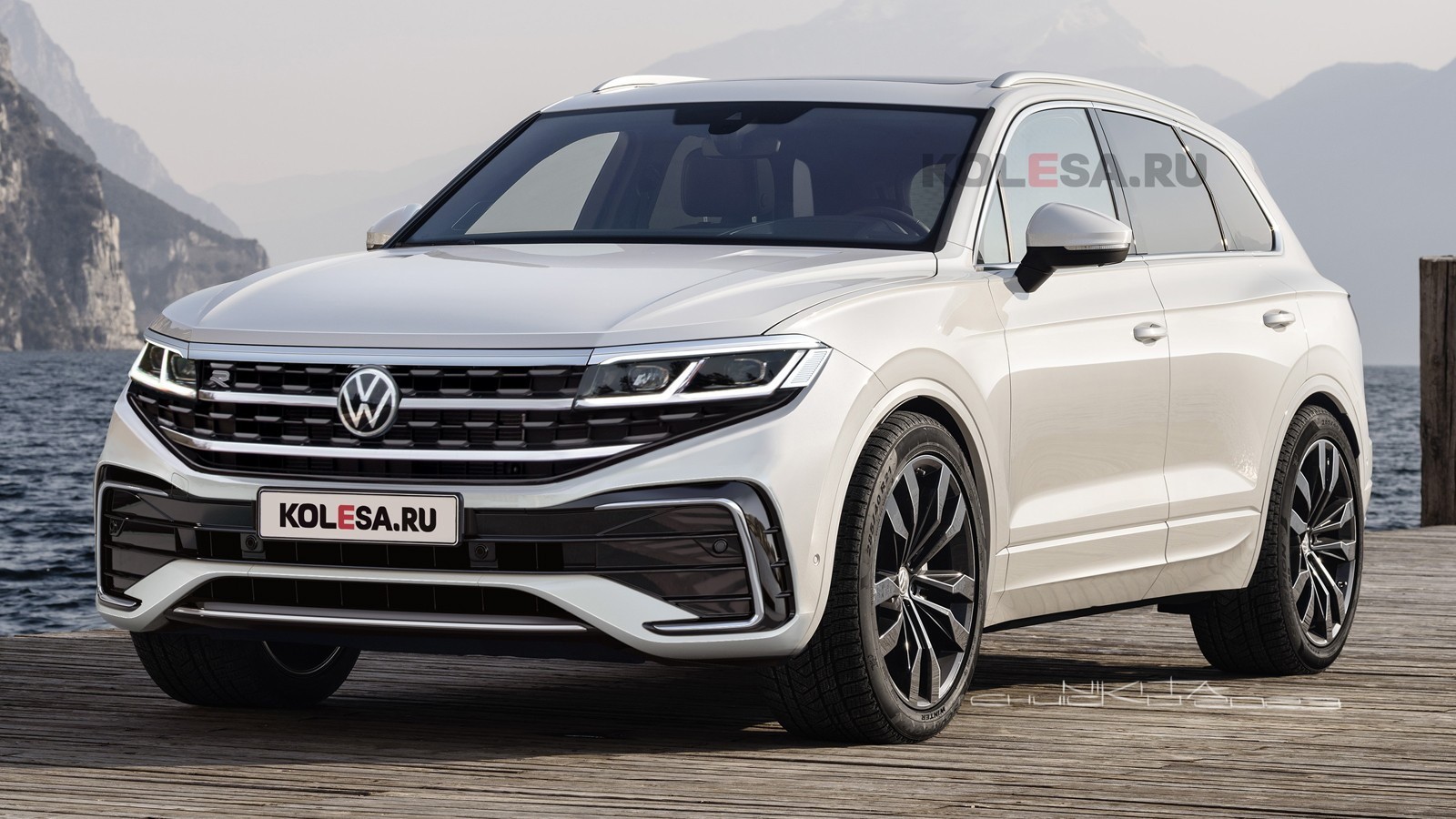
7. **Volkswagen Jetta: Mainstream Sedan Succumbs to the Auto Trend**Beyond the performance-oriented realm of the GTI and Golf R, the Volkswagen Jetta has long stood as a solid, reliable choice in the compact sedan segment. It’s a car prized for its understated design, practical nature, and, for a surprising number of years, the availability of a manual transmission. While not always the sportiest option, the stick shift Jetta offered a refreshing alternative for drivers who simply preferred the control and engagement of a manual for their daily commutes and errands. It was a quiet rebellion against the automatic tide, a subtle nod to the enduring appeal of traditional driving.
However, even this bastion of mainstream manual options is yielding to the industry’s pervasive shift. For 2025, the base Volkswagen Jetta will no longer offer a manual transmission, moving exclusively to an eight-speed automatic. This decision clearly demonstrates that the trend isn’t just affecting high-performance or enthusiast-focused models; it’s permeating the entire automotive landscape, even for vehicles designed for broader, more utilitarian appeal. The convenience factor for the majority of buyers, coupled with manufacturers’ desires for streamlined production and improved fuel efficiency, are simply too powerful to ignore.
This change for the Jetta marks another significant step in the diminishing presence of manual transmissions across various vehicle types. It signifies that the market for standard, everyday cars with a stick shift is shrinking to a point where it’s no longer viable for automakers to offer the option. While the sportier Jetta GLI thankfully still retains a manual, providing a glimmer of hope for some, the general Jetta’s transition speaks volumes about where the industry is headed for the average consumer: towards an increasingly automated and effortless driving experience.
For those who appreciated the Jetta’s blend of practicality and manual engagement, this is a clear sign that choices are becoming ever more limited. It underscores the undeniable reality that the automotive world is rapidly evolving, prioritizing broader consumer appeal and technological integration over the traditional, hands-on driving experience cherished by a dedicated few. The base Jetta’s move to automatic-only is a quiet but powerful statement about the changing priorities of both carmakers and the vast majority of car buyers.
So, where does this leave us, the fervent champions of the stick shift? It’s clear that the automotive landscape is undergoing a profound and irreversible transformation. The models we’ve discussed, each a casualty in its own right, represent more than just transmission options disappearing; they symbolize a changing philosophy in car design and consumer expectation. The era of the everyday manual, once a common and celebrated choice, is undeniably fading into the rearview mirror, replaced by the relentless pursuit of convenience, efficiency, and advanced driver-assist systems.
Car Model Information: 2012 Volkswagen Jetta SE
Name: Volkswagen Jetta
Production: 1979–present
Class: Compact car
Sp: uk
Categories: 1980s cars, 1990s cars, 2000s cars, 2010s cars, All-wheel-drive vehicles
Summary: The Volkswagen Jetta () is a compact car/small family car manufactured and marketed by Volkswagen since 1979. Positioned to fill a sedan niche slightly above the firm’s Golf hatchback, it has been marketed over seven generations, variously as the Atlantic, Vento, Bora, City Jetta, Jetta City, GLI, Jetta, Clasico, and Sagitar (in China).
The Jetta has been offered in two- and four-door saloon / sedan and sometimes as five-door wagon / estate versions. Since the original version in 1980, the car has grown in size and power with each generation. By mid-2011, almost 10 million Jettas have been produced and sold all over the world. As of April 2014, Volkswagen marketed over 14 million, becoming its top selling model.
Get more information about: Volkswagen Jetta
Buying a high-performing used car >>>
Brand: Volkswagen Model: Jetta
Price: $8,765 Mileage: 81,223 mi.
While the bittersweet reality is that many beloved models are saying goodbye to their manual options, it’s not an entirely bleak picture. A few stalwart performance and enthusiast vehicles still valiantly carry the torch, ensuring the art of rowing your own gears won’t vanish completely overnight. However, their numbers are dwindling, and the mainstream market has decidedly moved on. For those who still yearn for that visceral, connected driving experience, this is a clarion call: if you’ve ever dreamt of owning a manual, now is truly the moment to act, to embrace the tactile joy before it becomes a relic confined to the annals of automotive history. The future of driving might be sleek and smart, but let’s never forget the profound satisfaction of a perfectly executed shift.

